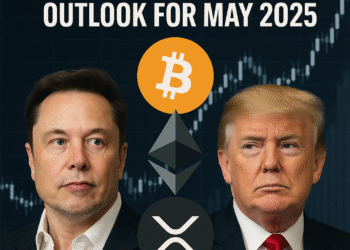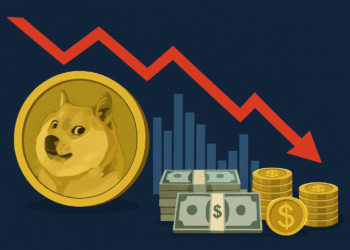U.S. stock markets soared following President Trump’s announcement of a temporary 90-day pause on reciprocal tariffs for specific countries. Concurrently, he escalated trade tensions with China by raising their tariff rate to 125%.
President Trump implemented a 90-day suspension on reciprocal tariffs, reducing the levy to 10% for countries that abstain from retaliatory tariffs against the U.S.
The Volatility Index (VIX), indicating volatility within the S&P 500, surged above 60 on April 7—the highest since the yen carry trade unwinding in August 2024. Although the VIX decreased to 37.5 subsequently, it still reflects significant market volatility.
Arthur Hayes, founder of BitMEX and notable market analyst, predicted that China’s potential yuan devaluation, prompted by increased U.S. tariffs, might drive capital flows into cryptocurrencies. Hayes highlighted similar instances in 2013 and 2015 when yuan devaluations resulted in substantial shifts from traditional investments into digital assets.
In response to China’s counter-tariffs, Trump confirmed an increased reciprocal tariff rate of 125%, underscoring his stance against China’s trade policies. In an April 9 post on Truth Social, Trump stated:
“At some point, hopefully in the near future, China will realize that the days of ripping off the USA, and other Countries, is no longer sustainable or acceptable.”
Following Trump’s announcement, the S&P 500 rallied nearly 7%, underscoring high market volatility amid continuing macroeconomic uncertainties and an ongoing trade conflict.
Trillions in market value were erased shortly after Trump initially announced the reciprocal tariffs, yet markets rapidly recovered whenever tariff pauses were hinted at or when Trump’s rhetoric softened. Notably, on April 7, social media rumors of a possible tariff pause helped markets regain approximately $2 trillion in value.




















